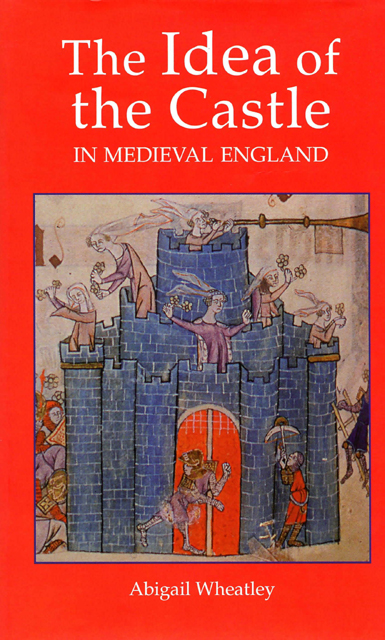Four - The Imperial Castle
Published online by Cambridge University Press: 21 March 2023
Summary
In June 1283 work began on Caernarfon Castle, part of Edward I’s massive castle-building campaign designed to consolidate the English position in Wales by fortifying newly acquired territory. The castle at Caernarfon alone cost over £20,000, a huge amount of money in contemporary terms, and took nearly fifty years to complete. It was built at the mouth of the River Seiont, site of the ancient Welsh centre of Gwynedd; its thirteen polygonal towers and its exterior wall surface were given decorative treatment through coloured banding in the stonework, achieved by the alternation of dark and light stone courses (see Plates XIII and XIV). The castle was built on and around an older work, probably of Norman origin; also in the year of the new castle’s foundation a body was found on the site and re-buried in the nearby church.
In one of the most celebrated pieces of research in castle studies, Arnold Taylor transformed these facts into legends. Through medieval Welsh chronicles he found that the Roman site of Segontium, on the hill above Caernarfon, was connected in legends to Constantine the Great. Taylor was also aware that Nennius, the author of the ninth-century work known as Historia Brittonum, had referred to a tomb at Segontium inscribed with Constantine’s name, providing further evidence of imperial connections. Taylor concluded that the incorporation of the Norman motte into the new castle was a material expression of continuity with the area’s past, acknowledging the powerful symbolism of the ruins. He also found documentary evidence to show that Edward I believed the body which had been discovered was that of the Roman emperor Magnus Maximus, the father of Constantine the Great. For Taylor this, again, was evidence of the strong symbolic connections invoked by Edward to strengthen his relationship with the illustrious ancient rulers of the place. These resonances were confirmed for Taylor by the medieval Welsh text Breuddwyd Maxen (The Dream of Maxen), part of the cycle of the mabinogi, or Mabinogion, as the collection of works is usually called. Magnus Maximus appears in this text as the emperor Maxen (or Macsen), who is associated with the beautiful castle of Aber Sein, situated at Arfon in Wales. According to this legend the emperor marries Elen, the daughter of this castle’s lord, and by this act the fortress at Arfon becomes the chief stronghold of the Island of Britain.
- Type
- Chapter
- Information
- The Idea of the Castle in Medieval England , pp. 112 - 145Publisher: Boydell & BrewerPrint publication year: 2004



